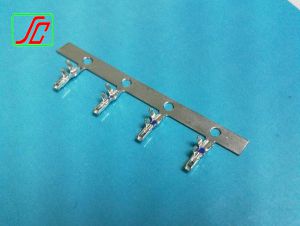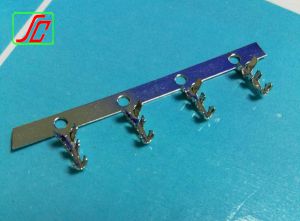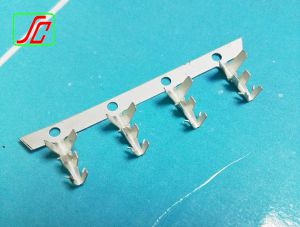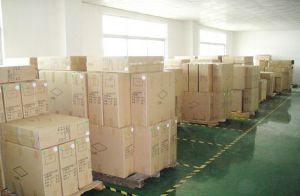What are the basic structural parts of the RJ45 connector?
There are three basic structures of the RJ45 network connector: 1. Contact; 2. Insulator; 3. Mask (depending on the type).
1. The contact is the core part of the RJ45 network connector to complete the electrical connection function. The contact pair is generally composed of a male contact and a female contact, and the electrical connection is completed by the insertion of the female and male contacts. The male contact is a rigid part that is cylindrical (round pin), square (square pin) or flat (tab). Positive contacts are typically made of brass or phosphor bronze. The negative contact, that is, the jack, is a key component of the contact pair. It relies on the elastic structure to elastically deform when it is inserted into the pin, and generates an elastic force to form a close contact with the male contact to complete the connection.
2. Insulator. Insulators are often referred to as bodies, bases or inserts, which serve to position the contacts in the desired position and spacing and to ensure contact between the RJ45 network connector contacts and the contacts and housing. Insulation performance between. Good insulation resistance, voltage resistance and ease of processing are the basic requirements for the selection of insulating materials.
3. Housing. Also known as the shield, the outer casing of the RJ45 network connector provides mechanical protection for the built-in insulators and contacts and provides alignment when the plug and socket are mated, thereby securing the connector to the device.







